Geology Reference
In-Depth Information
In the case of strike-slip faults, it
is the horizontal displacement that is
important, and here it is ideally neces-
sary to find a vertical marker that has
been offset in order to calculate the
displacement. Merely using an inclined
plane, such as bedding, to measure
horizontal displacement is mislead-
ing, since horizontal offset can just as
easily be caused by a vertical move-
ment, as indicated in Figures 5.3C and
D. The displacement on oblique-slip
faults can be described in terms of
dip-slip and strike-slip components.
Movement along fault planes often
produces a polished surface, which is
termed a
slickenside,
and the striations
or grooves scored on this surface by
the grinding movement of irregulari-
ties on the opposite fault wall, termed
slickenlines,
indicate the movement
direction on the fault plane. Another
type of linear structure is caused by
elongate crystal fibres (
slickenfibres
)
that have grown parallel to the move-
ment direction on the fault plane
(
see
Figures 5.3E and 7.6B, C). These
elongated crystals, usually of quartz
or calcite, grow from little step-like
irregularities on the fault wall and point
in the direction of movement of the
opposite fault wall. This type of fault
plane structure is useful in distinguish-
ing normal from reverse faults and
sinistral from dextral strike-slip faults.
5
32
33
B
C
A
reverse fault
wrench fault
normal fault
dip-slip motion
strike-slip motion
Figure 5.2
Types of fault. Normal faults (
A
) and reverse faults (
B
) involve dip-slip movement up or
down the fault plane (shown in orange); a wrench fault (
C
) involves strike-slip movement (along the
fault plane).
borehole
f
ault
dip
throw
A
B
heave
actual
horizontal
displacement
apparent
horizontal
displacement
throw
C
D
E
Figure 5.3
Measurement of fault displacement.
A.
Throw (vertical displacement) and heave
(horizontal displacement) in a normal fault.
B.
The heave in a normal fault causes a gap in
the faulted bed, whereas the heave in a reverse fault causes an overlap of the bed.
C.
The
horizontal displacement on a fault can be measured by the displacement of a dipping layer
only if the fault displacement is entirely horizontal (i.e. strike-slip).
D.
An apparent horizontal
displacement of an inclined layer may be caused by a vertical displacement only.
E.
The
linear structure on this fault surface is caused by elongated calcite crystals (slickenfibres)
that have grown parallel to the direction of fault movement (see black lines). Note that the
direction of movement in the lower half of the picture is different and represents a separate
(earlier or later) stage of faulting.
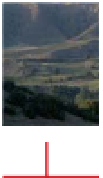





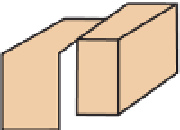




















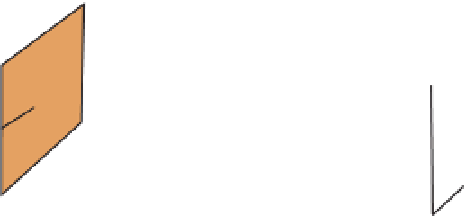


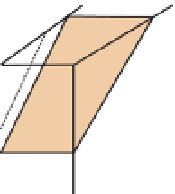








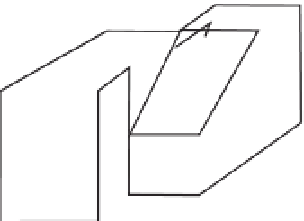

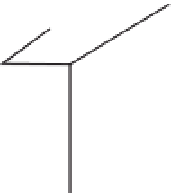






Search WWH ::

Custom Search